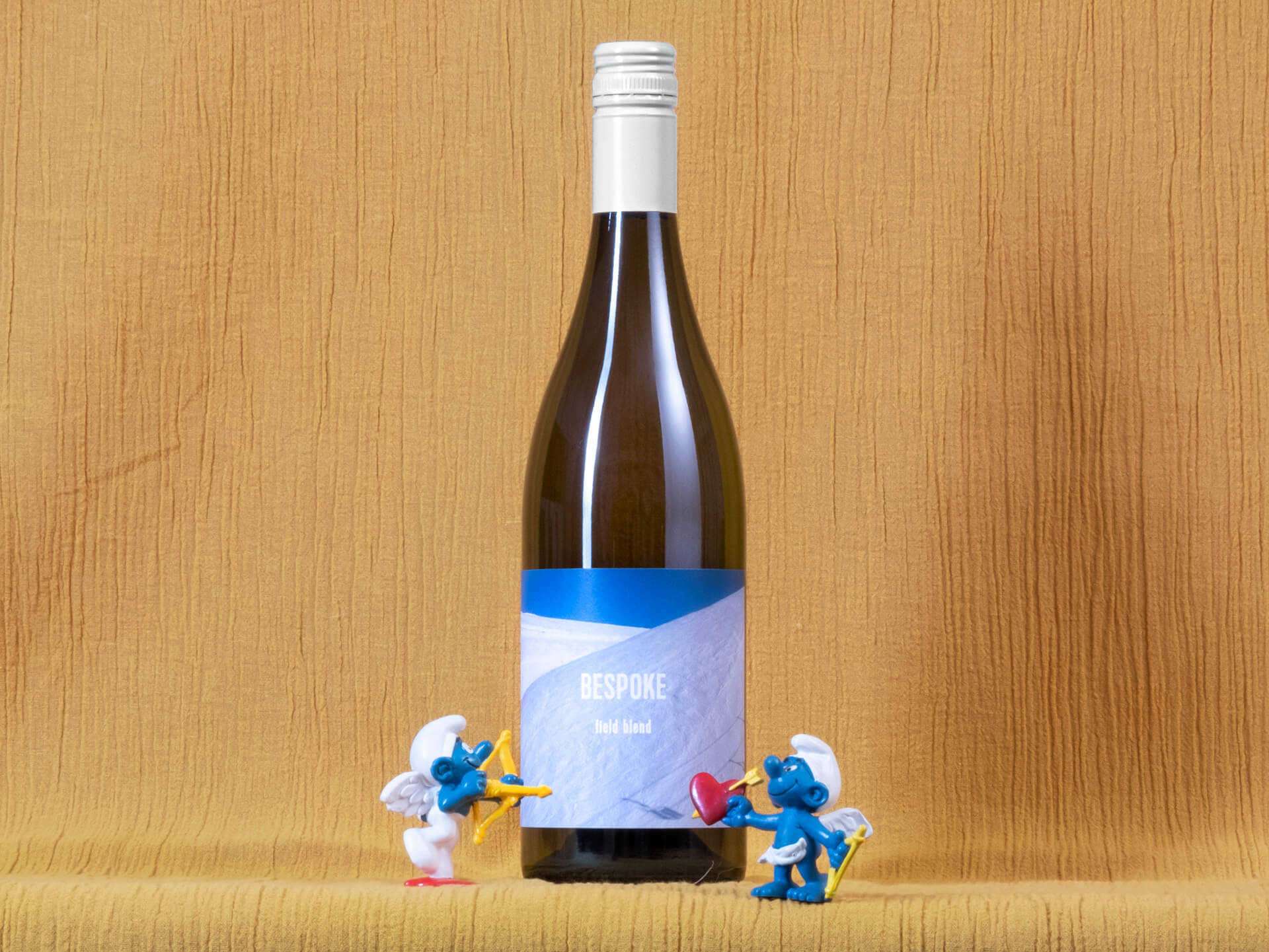A field blend leaning on Rhône white varieties, this is all barrel fermented, then raised on lees to build texture and harmonise the varieties into a seamless whole of orchard fruits, granitic minerals and nutty winemaking notes.
Tasting note
Any overt varietal scents are kept off centrestage here, with a subtle medley of coolly ripe apple, pear, peach and apricot, with a nutty, saline accent and savoury mineral drive. Oak’s there, but it’s not the first time the barrels have held wine, with a rounding of fruit and a gentle plushing of texture the result, rather than adding any oak flavour. This is bright, subtle and harmonious, with that salinity, granitic structure and fine acidity driving a mineral, fresh but gently savoury wine.
Themes of this wine
Bendigo
The Bendigo wine region is characterised by warm to hot days with cool nights. It extends around the city of Bendigo to Bridgewater on Loddon, Marong and Mandurang, and to Harcourt, which is at the base of Mount Alexander, and was famously an orchard area, best known for growing apples. As a wine region, it is best known for flavoursome red wines, principally cabernet sauvignon and shiraz, which account for nearly 70 per cent of the total plantings.
Marsanne
A grape most commonly associated with the Northern Rhône, though it features in the south, marsanne has also carved a small be significant niche in Australian wine folklore. With vines planted in 1927, Victoria’s Tahbilk lays claim to some of the oldest, if not the oldest, marsanne vines in the world. And the wines have proved to age incredibly well, as they can in the Rhône. Flavours can range through pear, apple and citrus, with nutty and toasty development over time, as well as a varietally distinctive honeysuckle character.
Roussanne
Famously blended in the Northern Rhône with viognier and marsanne, roussanne also features in the white blends of the Southern Rhône. It has been present in Victorian vineyards since the 19th century, but has never been a major player. Here, it is typically blended with its Northern Rhône companions, though varietal bottlings are not unheard of. The flavours of Roussanne can tend to the herbal, but more sage-like than grassy.
Viognier
Viognier is perhaps as well known for red wines as it is white, even though it rarely occupies more than 5 per cent of a blend with shiraz. The opulently apricot-scented grape was most vocally championed by Yalumba in the 1990s, with there now near to 800 hectares planted across the country. A highly aromatic grape, viognier is very distinctly scented with apricot, which can vary from the flesh, to the kernel, to apricot blossom, and those characters can be extremely exotic when quite ripe. It is also a grape that is quite phenolic but with low acidity. So, ripe examples will tend to be luscious and rich with high alcohol. Picked earlier and the apricot notes are more delicate, with acidity more of a feature.
Sauvignon blanc
When you think of sauvignon blanc, it’s hard not to think of New Zealand almost immediately, and the pungently expressive examples from Marlborough. But sauvignon also contributes to some of France’s most noble wines, as well as a huge diversity of expressions in Australia, both bottles solo and in blends. One of the most aromatic of grapes, sauvignon blanc is not shy for flavour and typically is quite high in acid. On the leaner end, those flavours will be very grassy and herbal and advance through passionfruit to some quite opulent tropical characters, like guava, as the fruit gets riper.



